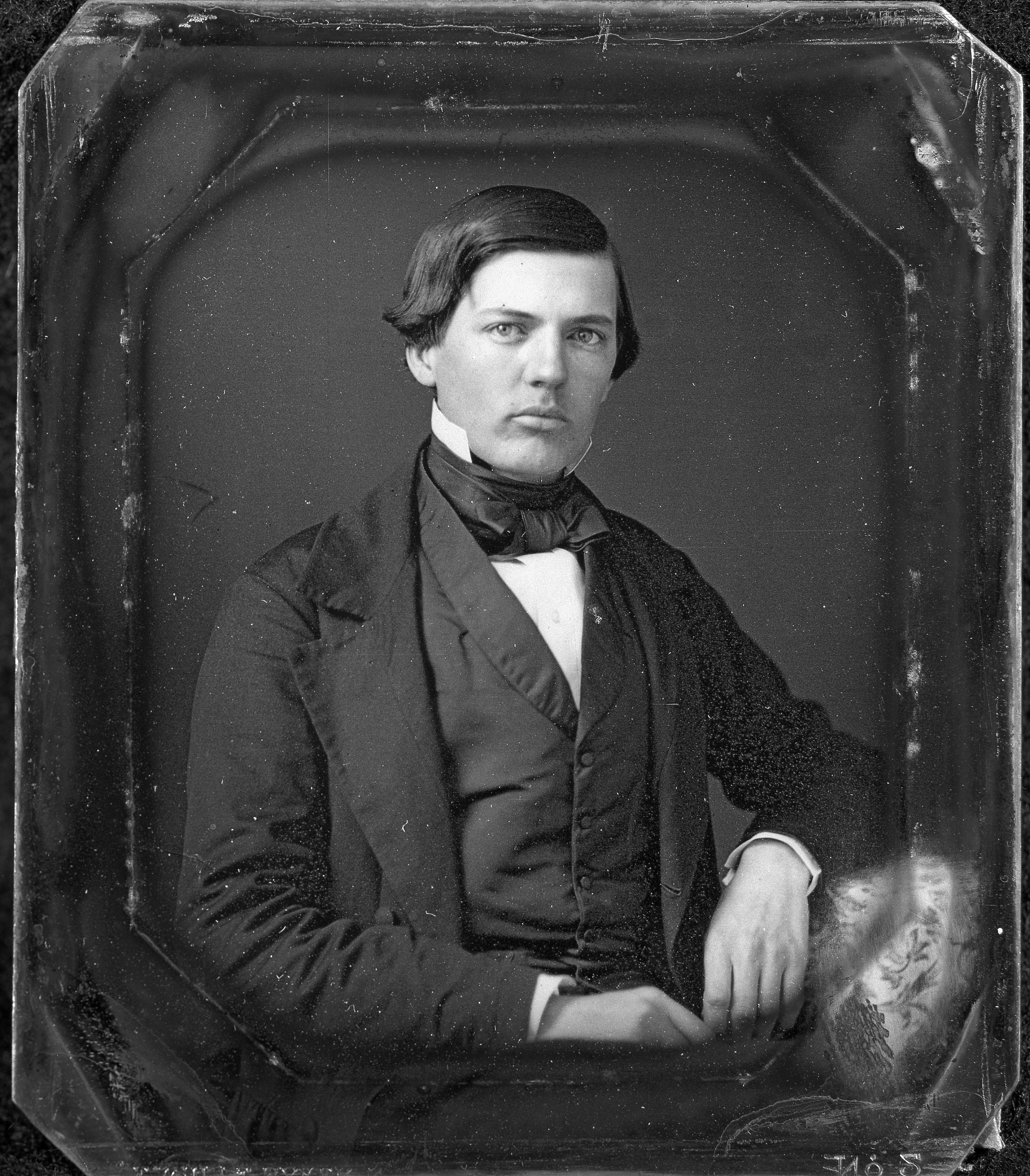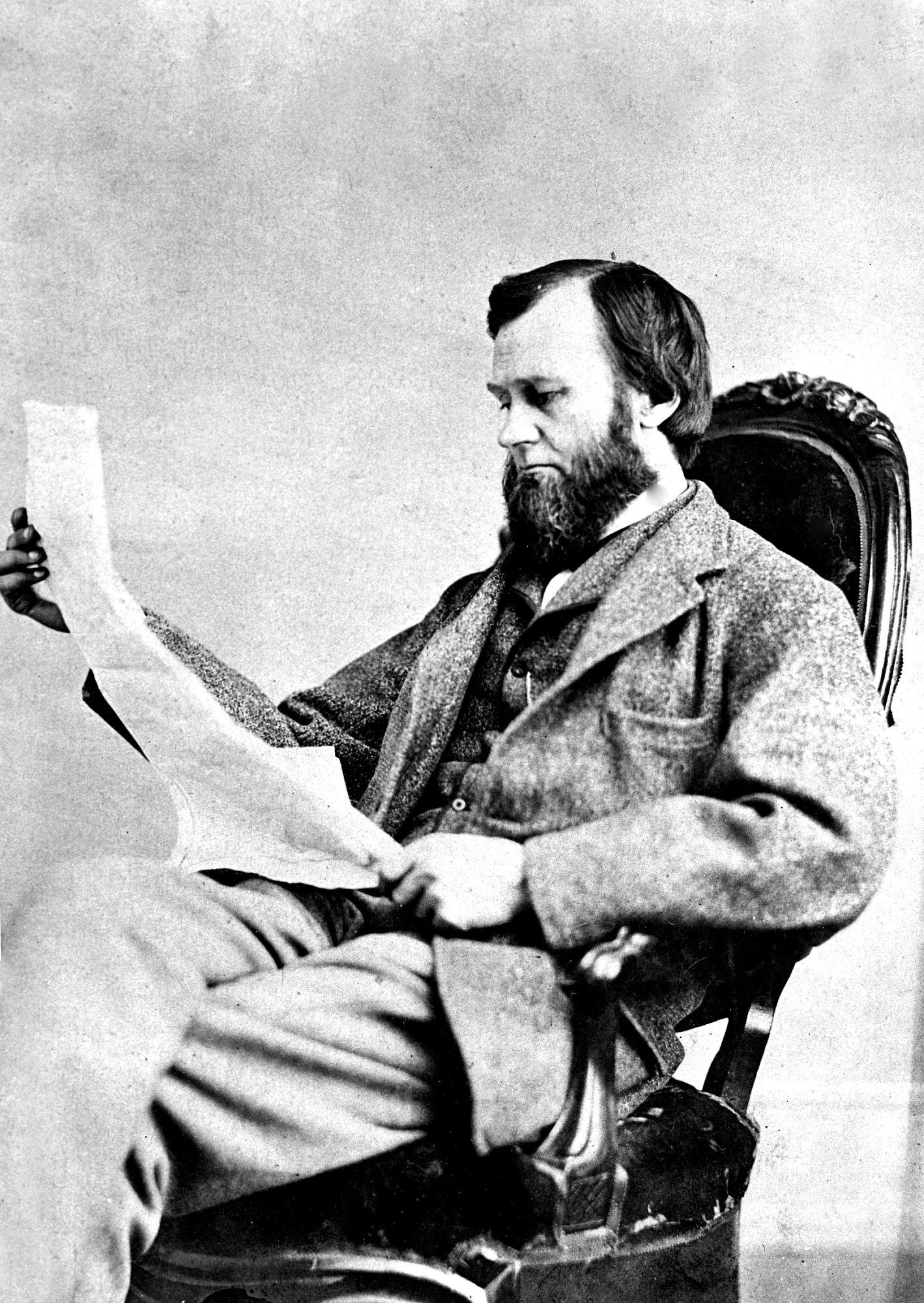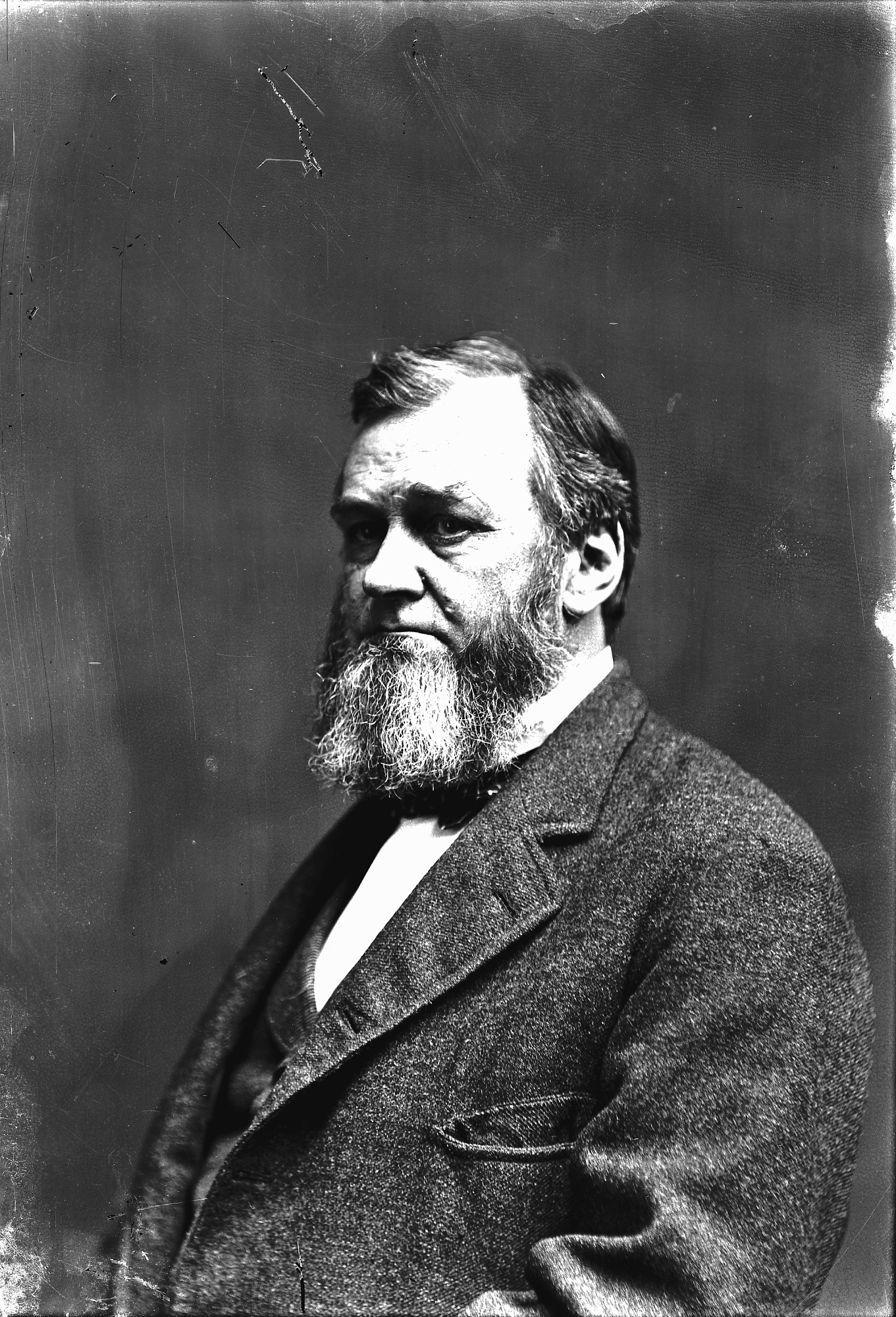Spencer Fullerton Baird

Spencer Fullerton Baird was a visionary and can be rightfully credited as a co-creator of the Megatherium Club. Through his position as Assistant Secretary at the Smithsonian, and then Secretary in 1878, Baird corresponded with many of the great naturalists and explorers of his time, in hopes that they would help build the Smithsonian’s collection, and a great U.S. National Museum. In 1850, he arrived at the Smithsonian and began establishing the institution, developing its Department of Ichthyology, and producing his own research. With Secretary Joseph Henry, Baird granted work spaces, as well as living quarters, to members of the Megatherium Club.
It is evident in his correspondences with fellow Megatherium Club members that Baird was a highly respected man among the group, and was always up for a good laugh when not working. Robert Kennicott notes, “Prof. Baird is just about the best and most wonderful man I ever did see.—I never could conceive the possibility of anyone failing in respect toward him and yet he is extremely familiar with everyone—”
Related Resources
- "Spencer Baird and Ichthyology at the Smithsonian: Introduction", National Museum of Natural History
- Folks at Home: February 17, 1863, Robert Kennicott, The Grove National Historic Landmark, Glenview, Illinois






